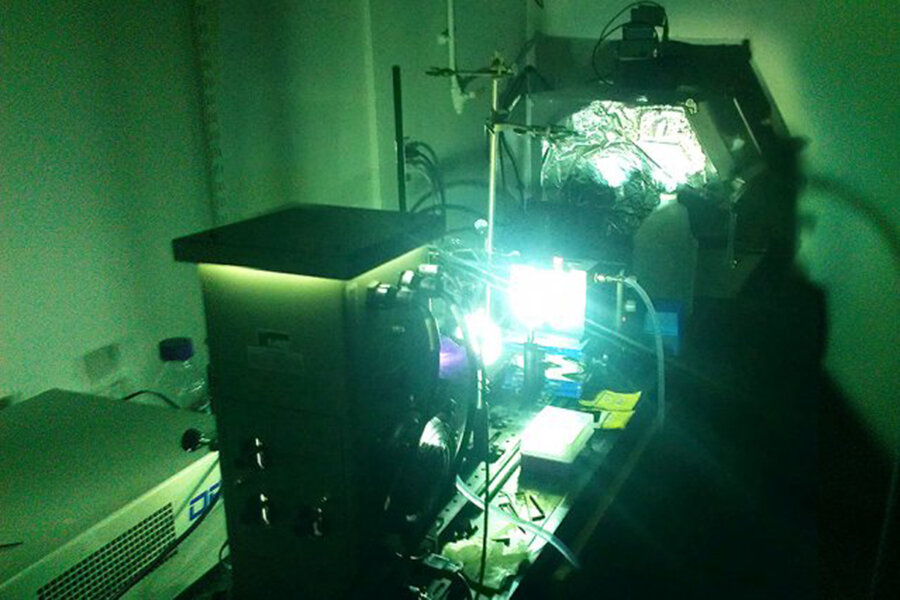Scientists might have figured out how to make solar power work at night
Loading...
The amount of energy generated by the sun in just an hour is more than enough to satisfy power needs of the Earth for an entire year. Harnessing that energy, however, can be a challenge, especially when it's dark out.
But this might change with the discovery of certain kind of photoswitches that not only can store solar energy but also release the heat on demand, day or night.
Designed by researchers from MIT and Harvard, these new photoswitches are described in a paper titled "Templated assembly of photoswitches significantly increases the energy-storage capacity of solar thermal fuels" published in the journal Nature Chemistry.
A photoswitch is a type of molecule that can exist in two different configurations. After absorbing solar energy, the structure of a photoswitch becomes strained. By using a catalyst or by increasing the temperature, these molecules bounce back to their original structure, releasing heat along the way.
The idea, says Timothy Kucharski, a postdoc at MIT and Harvard, is the paper’s lead author, was to exploit this difference in the two structural forms.
But earlier studies that used photoswitch molecules had shown that the difference in heat between the two forms was not much. The challenge for Dr. Kucharski and his team was to come up with an arrangement where the energy output could be significant.
By attaching photoswitching molecules called azobenzene to a template of carbon nanotubes (CNTs), researchers came up with a "solar thermal fuel" capable of reaching a very high energy density.
"The energy density is 120 kJ/mol, which corresponds to 56 Watt-hours/kg. Thus, conventional gasoline has an energy density that is roughly 230 times larger (~13,000 Wh/kg), and Li-ion batteries have energy densities that are roughly 3 times higher than our material," Kucharski writes in an email. "We should be able to increase our energy density further so that it competes with Li-ion batteries (though we'll still be releasing energy as heat, rather than electricity)." [Editor's note: An earlier version republished a typo in Dr. Kucharski's email that misstated the energy density of gasoline.]
The packing density allowed specific interactions between azobenzene molecules on neighboring CNTs and ensured that a high amount of energy could be stored within a given weight or volume of material.
“[I]t’s incredibly hard to get these molecules packed onto a CNT in that kind of close packing,” said Jeffrey C. Grossman an associate professor of materials science and engineering and a co-author on the paper.
In fact, three years ago Grossman and his team had examined this arrangement based on computer simulations. Even though, the team at that time achieved a packing density less than half of what the computer simulations showed, they estimated that even with that model it was possible to reach a high energy output.
This new work is a follow-up to Grossman's previous work and involves engineering the fuel in the lab.
“It could change the game, since it makes the sun’s energy, in the form of heat, storable and distributable,” Dr. Grossman said in a press release. “Now we’re looking at whole new classes of solar thermal materials where you can enhance this interactivity,” he added








